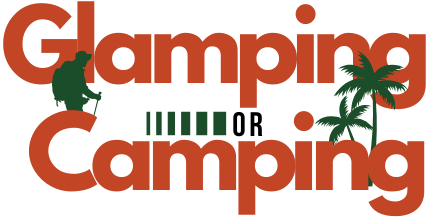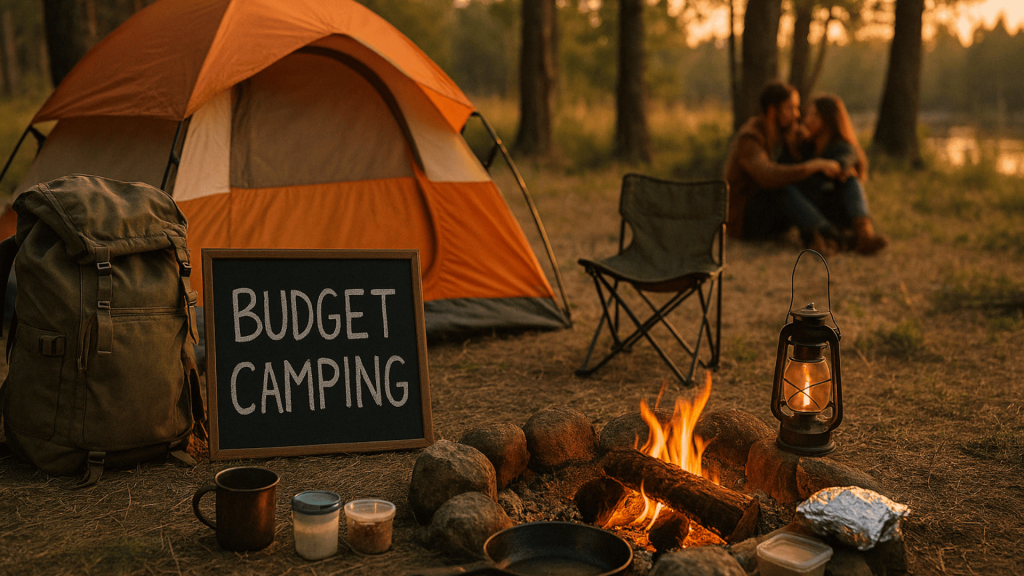Planning a camping trip but worried about costs? You don’t need deep pockets to enjoy the great outdoors! Camping on a budget isn’t just possible—it’s often more rewarding than expensive alternatives.
Those peaceful mornings with coffee by the tent and starry nights around a campfire cost surprisingly little. With free campsites, borrowed gear, and simple meal planning, you can create unforgettable outdoor memories without emptying your bank account.
Many experienced campers find that the simplest trips become their most cherished adventures. Ready to discover how little it takes to experience nature’s wonders?
How to Camp on a Budget: Start Smart and Save Big
Camping doesn’t have to empty your wallet! With some planning and smart choices, you can enjoy the peace and beauty of the great outdoors without spending a fortune.
That feeling when you wake up to a misty morning, birds singing, and a hot cup of coffee by your tent? That’s priceless—and it doesn’t need to be expensive.
Yes, you can absolutely camp affordably – many spots cost nothing at all, while others might set you back just $10-30 per night. The key is knowing where to look and how to prepare.
Quick Money-Saving Camping Tips
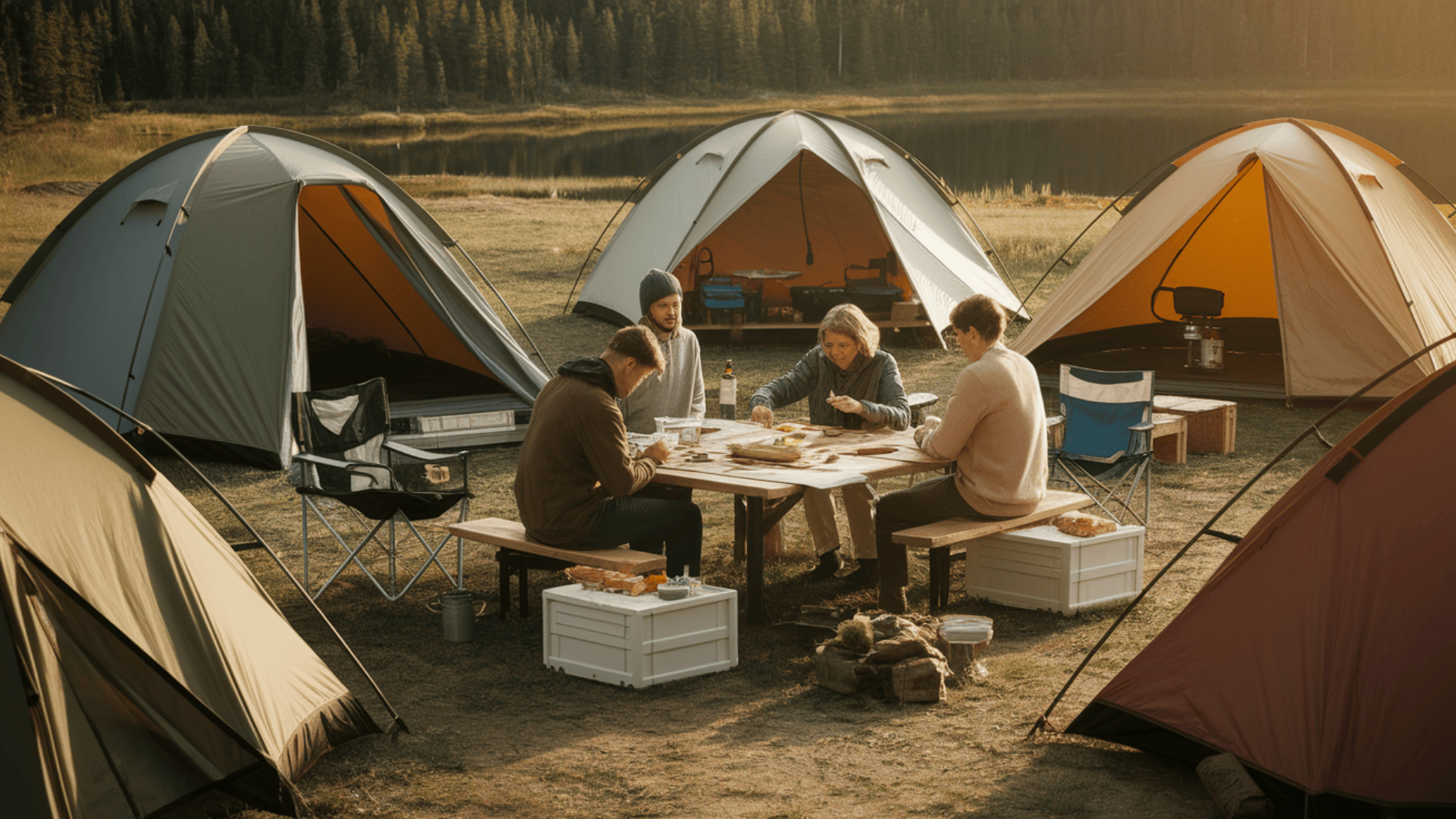
Planning ahead can save you substantial amounts of money on your outdoor trips. Small changes in how you approach camping can add up to big savings over time.
- Borrow gear from friends instead of buying everything new
- Look for free camping areas on public lands
- Pick spots close to home to cut travel costs
- Plan meals ahead and cook your own food
- Go camping during off-peak times for lower fees
These simple strategies can often cut your camping costs in half or more, making outdoor adventures much more accessible.
Camping Costs Breakdown
Understanding what different camping options cost can help you make informed choices that match your budget. This table shows what you might expect to pay and what you’ll get for your money.
| TYPE OF CAMPING | TYPICAL COST PER NIGHT | WHAT YOU GET |
|---|---|---|
| Free dispersed camping | $0 | Basic spot, no services |
| State/National Parks | $10-35 | Basic facilities, sometimes showers |
| Private campgrounds | $25-50 | More amenities, possibly electric hookups |
| RV resorts | $35-100+ | Full hookups, activities, amenities |
The good news is that some of the most beautiful camping spots are actually the most affordable ones.
Why Budget Camping Makes Sense
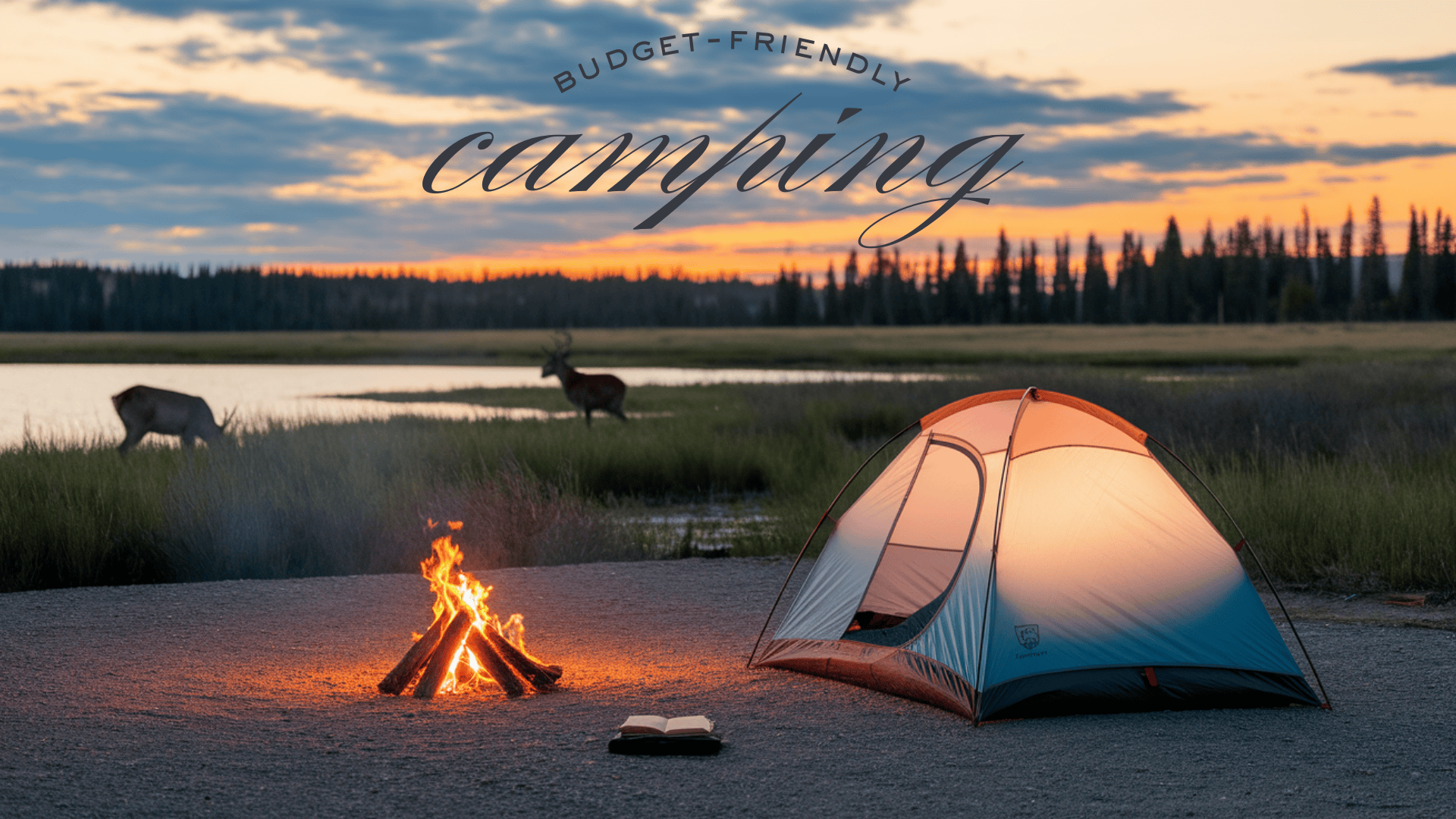
Budget camping isn’t just good for your wallet – it often gives you a more genuine outdoor experience with numerous benefits beyond the financial ones.
The less-crowded spots typically have better views, more wildlife, and quieter surroundings. You’ll find yourself falling asleep to the sounds of nature rather than your neighbors’ conversations.
Many campers report that their most meaningful experiences happened at simple, no-frills campsites.
Plus, solving problems with limited resources builds useful skills and creates stories you’ll tell for years. There’s something satisfying about making do with what you have and still having a great time.
Want the best spots? Plan early! Budget-friendly campsites fill up fast, especially during summer months and near popular areas.
Choosing Affordable Campsites Without Sacrificing Experience
Finding the right campsite is perhaps the most important decision you’ll make when planning a budget camping trip. The good news? Some of the most stunning camping spots in the country are also among the most affordable.
With a bit of research and flexibility, you can find amazing places to pitch your tent without spending much money at all.
Types of Budget-Friendly Campsites
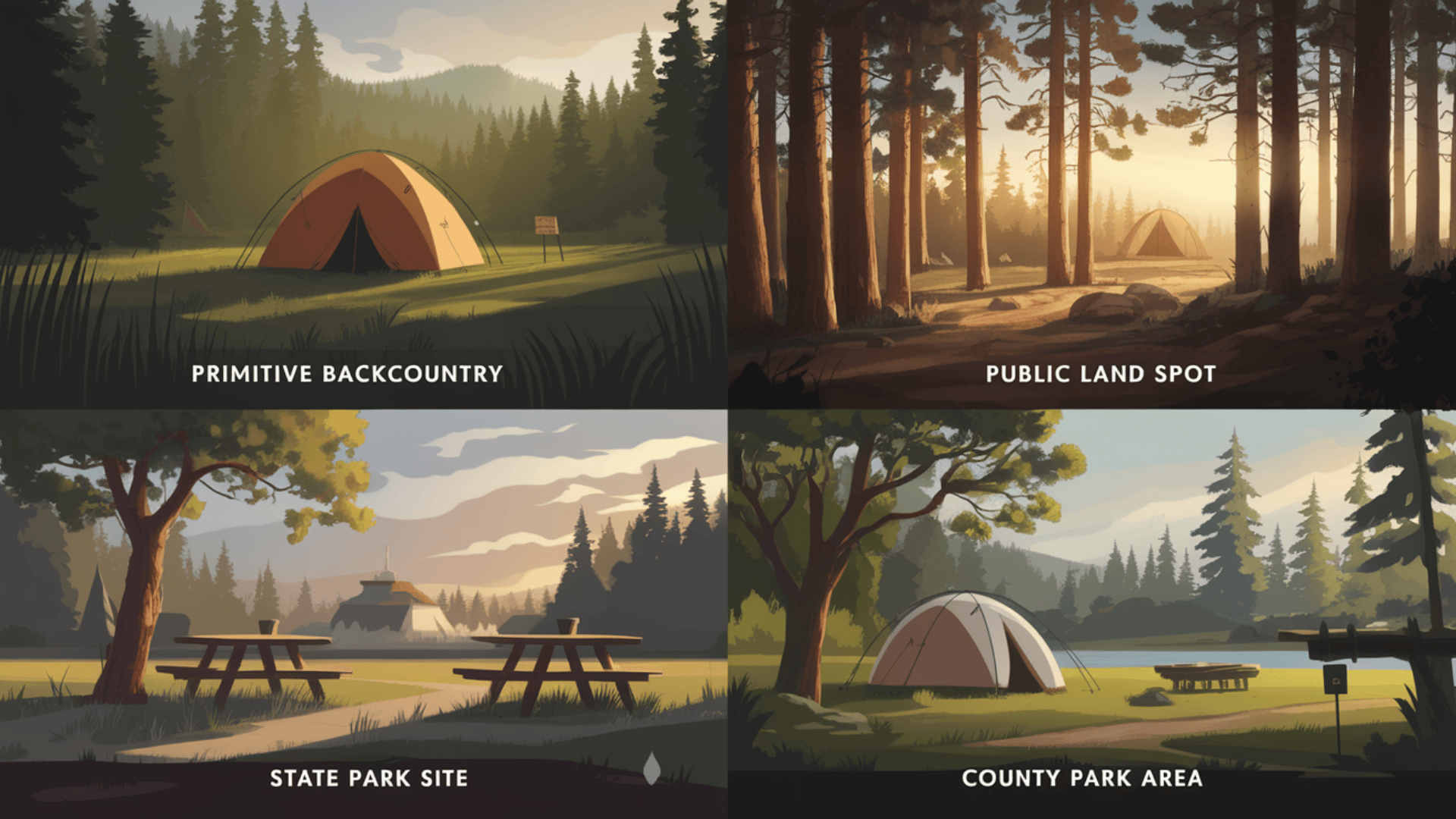
Different camping areas offer varying levels of amenities and corresponding price points. Knowing your options helps you pick the best fit for your needs and budget.
- Public Lands (BLM/National Forest): Often free camping with minimal or no facilities
- State Parks: Typically $10-30 per night with basic amenities like restrooms
- County Parks: Often overlooked gems with rates from $5-20 and decent facilities
- Primitive Backcountry Sites: Usually free or require a small permit fee
The trade-off is usually between cost and convenience, but many campers find this creates a more authentic outdoor experience.
Finding Hidden Camping Gems
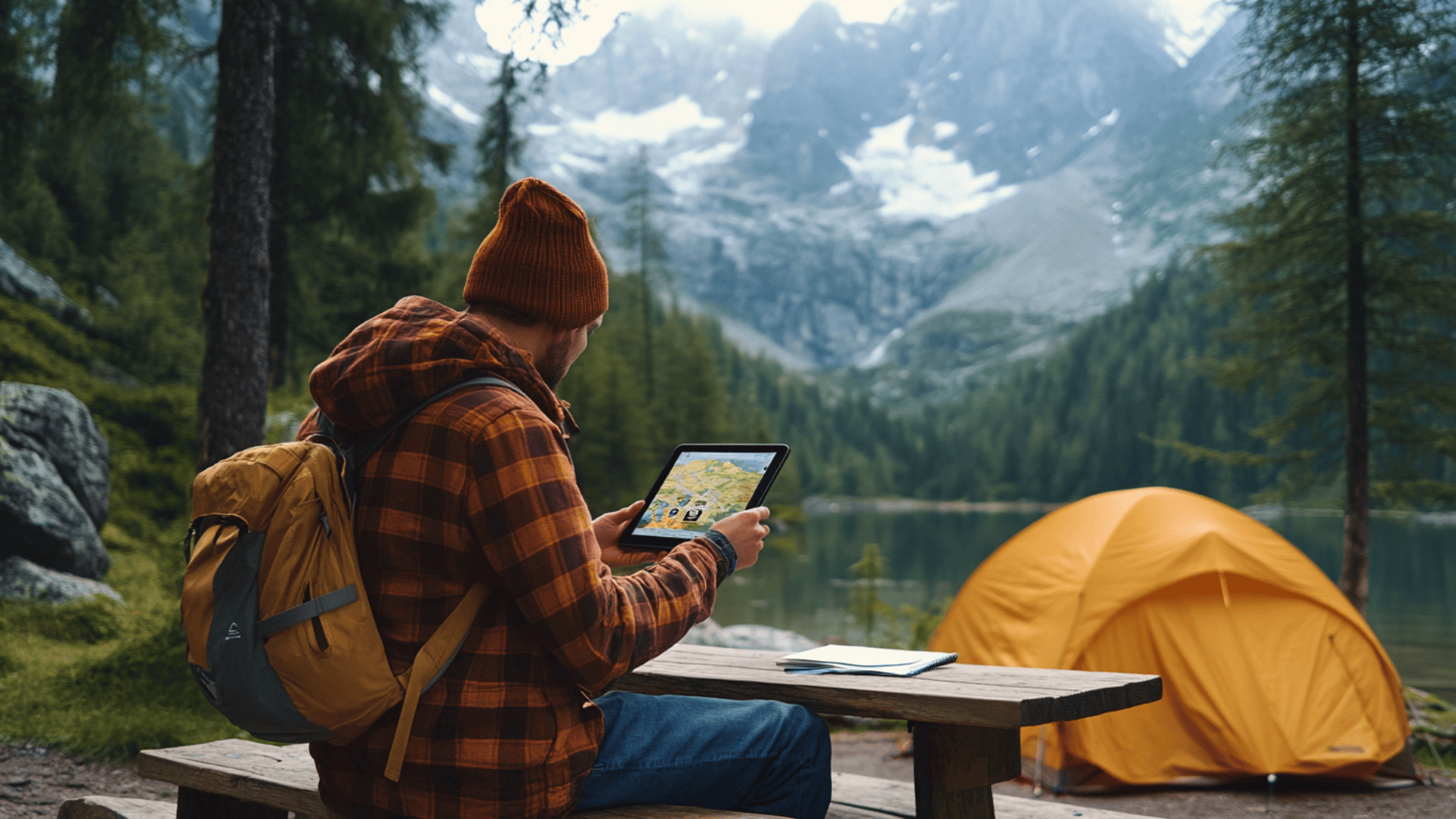
Several tools make it easier than ever to find affordable or free camping spots that you might otherwise miss. A little research goes a long way toward saving money.
- iOverlander: Shows free camping spots with user reviews
- Campendium: Filters sites by price, including free options
- FreeCampsites.net: Focuses specifically on no-cost camping areas
- Recreation.gov: Official booking site for federal lands with filterable prices
Taking the time to compare options across these platforms can uncover amazing spots that cost little or nothing.
Timing Tricks for Better Rates
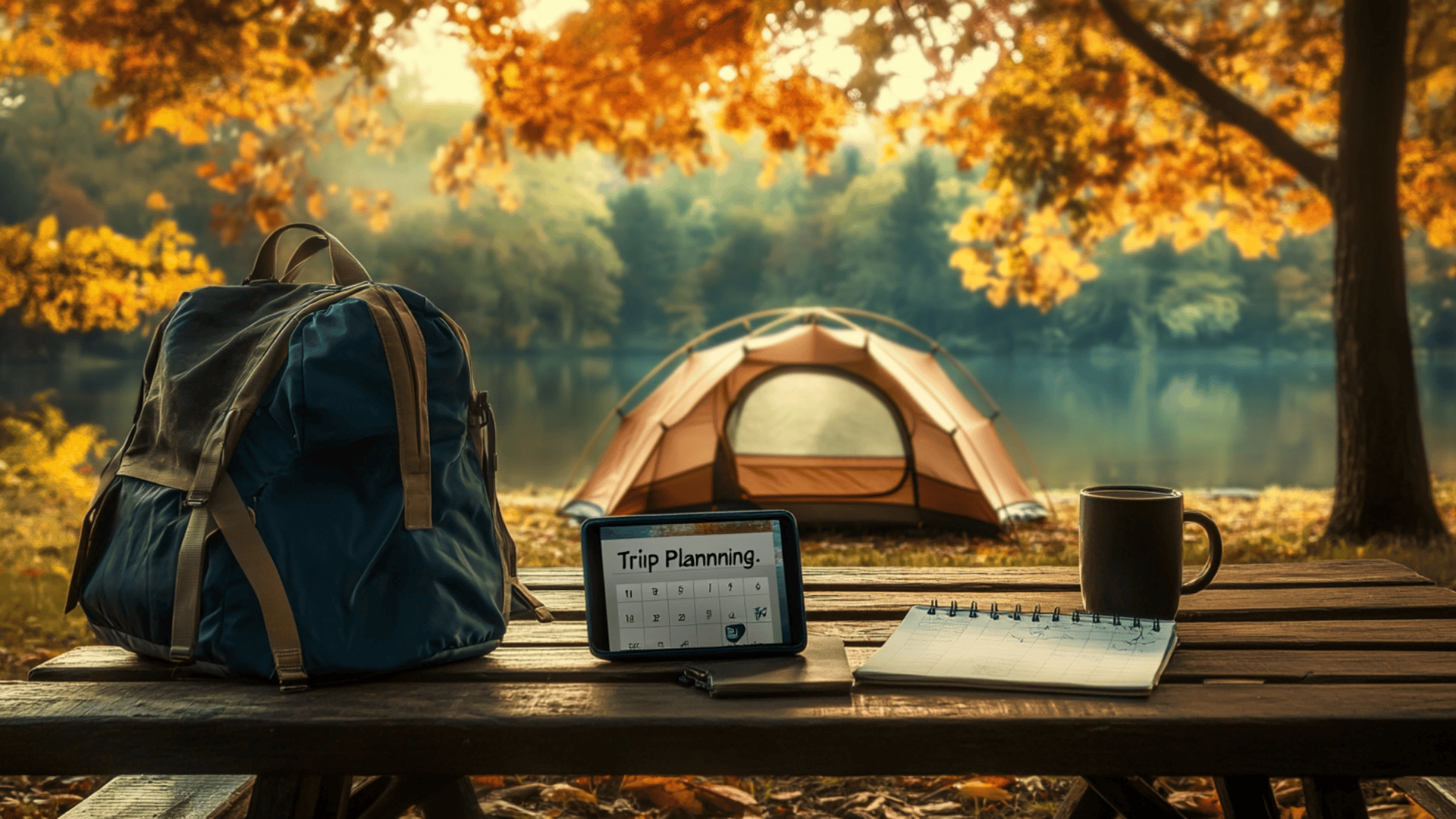
When you camp matters almost as much as where you camp when it comes to saving money, being strategic about timing can lead to significant savings.
- Mid-week camping: Rates drop Sunday through Thursday at many parks
- Off-season visits: Fall and spring offer mild weather and reduced rates
- Early booking: Reserve popular, affordable sites 6 months ahead
These timing strategies not only save money but often result in a more peaceful experience with fewer crowds.
Packing Smart: Budget Gear Tips That Actually Work
Quality camping gear can be expensive, but you don’t need to spend a fortune to be comfortable outdoors. Smart gear decisions can keep costs down while still ensuring you have everything needed for a safe and enjoyable trip.
The key is knowing what’s truly essential.
Building Your Essential Gear List
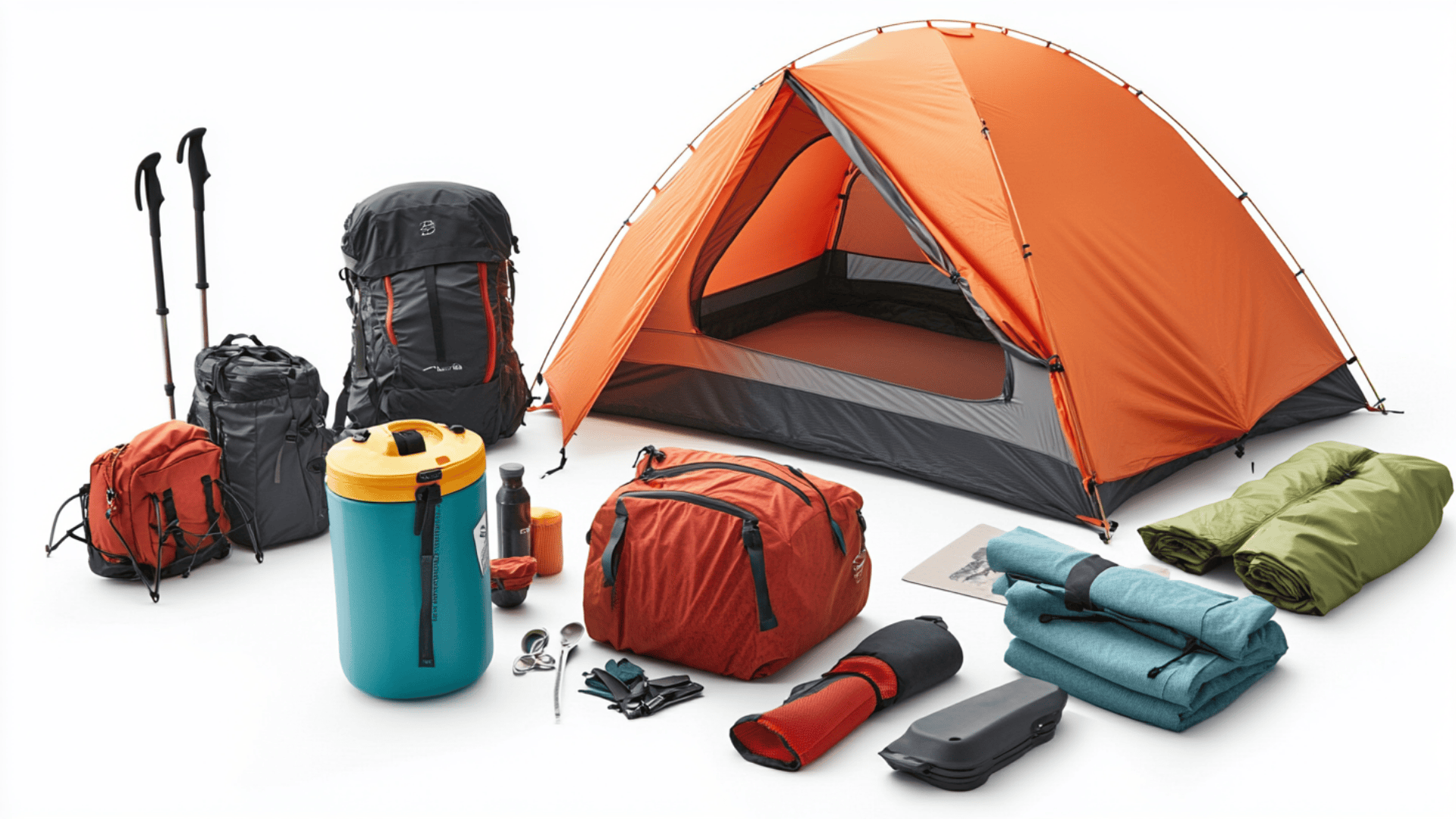
Starting with only what you truly need helps prevent overspending on unnecessary items. Focus on the basics that provide shelter, comfort, and safety.
- Must-haves: Tent, sleeping bag, sleeping pad, light source, water container
- Nice-to-haves: Camp chair, cooler, specialty cooking tools, hammock
- Skip these: Specialized gadgets, duplicate items, things you can improvise
By carefully considering each item before purchasing, you can avoid the common mistake of buying gear you’ll rarely use.
Finding Budget-Friendly Gear Sources
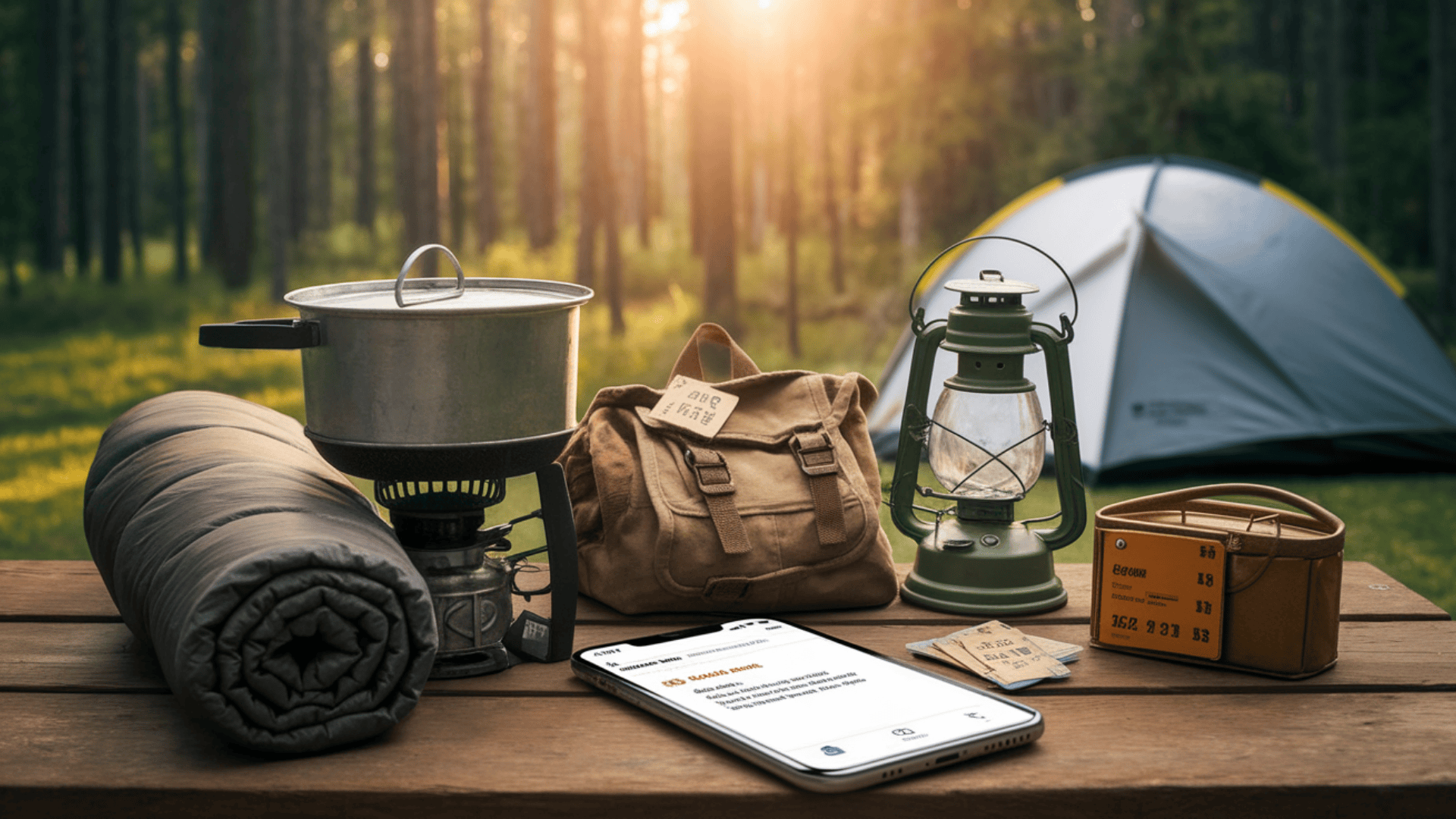
You don’t need to shop at expensive outdoor retailers to get functional camping equipment. Consider these alternatives for big savings.
- Second-hand stores: Thrift shops often have camping gear at 70-90% off retail
- REI Garage Sales/Outlet: Returned items at steep discounts (30-70% off)
- Facebook Marketplace/Craigslist: Local deals on used gear
- End-of-season sales: August/September brings clearance deals
Many experienced campers find some of their favorite gear items through these alternative sources.
Camp Kitchen on a Budget: Meal Prep & Food Hacks
Food costs can quickly add up when camping, but with some planning and creativity, you can eat well without spending much. Smart food strategies not only save money but can actually improve your camping experience with less waste.
1. Meal Planning for Affordability
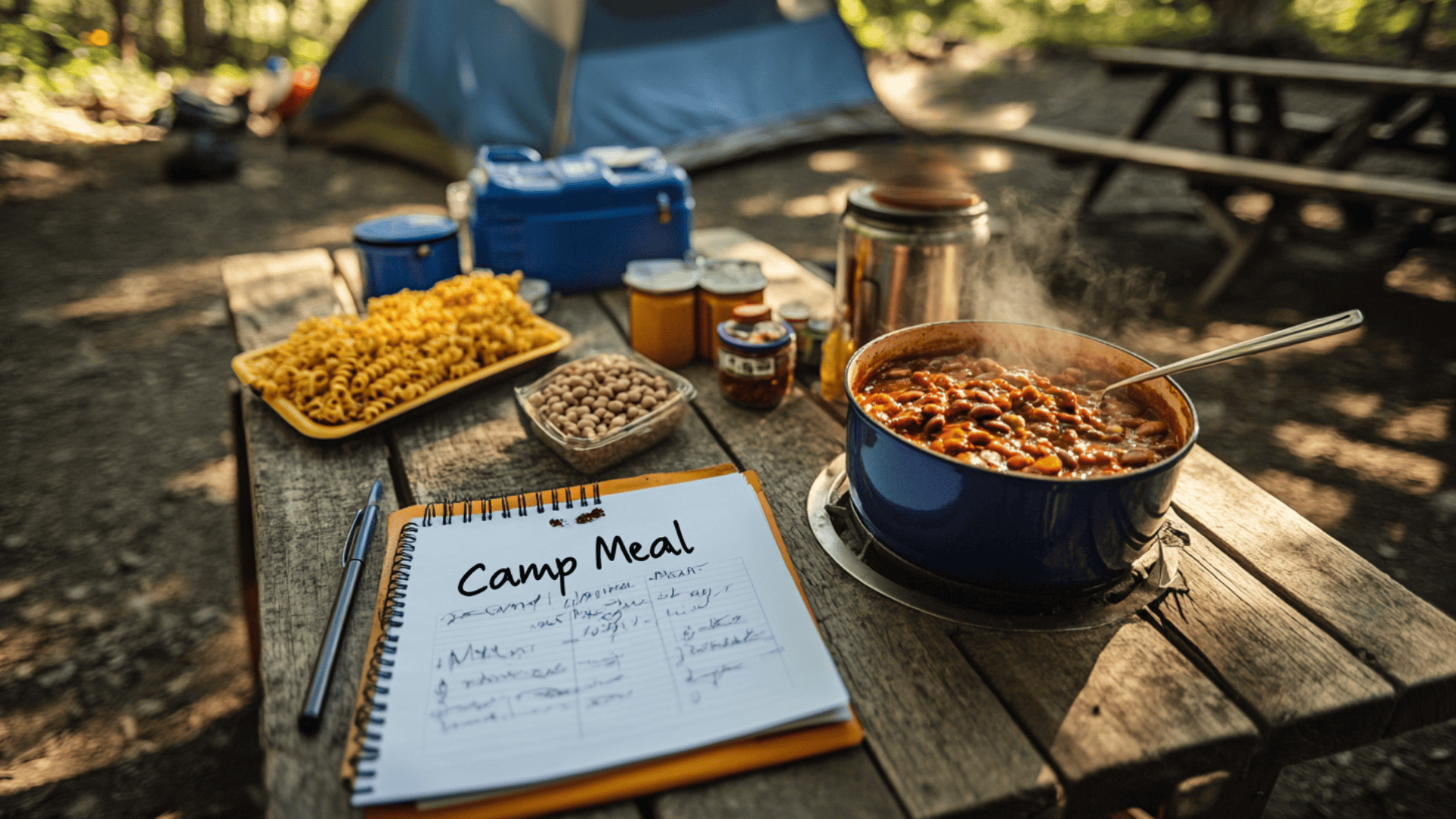
Planning your meals before your trip helps prevent overspending on expensive convenience foods or eating out. A little preparation goes a long way.
- Pre-trip meal list: Plan breakfast, lunch, dinner, and snacks for each day
- Simple is better: Fewer ingredients mean less to buy and pack
- Cook double dinners: Prepare extra for lunch the next day
- One-pot wonders: Meals that cook in a single pot reduce the needed equipment
Taking time to plan means you’ll buy only what you need and reduce food waste.
2. Affordable Cooking Setup
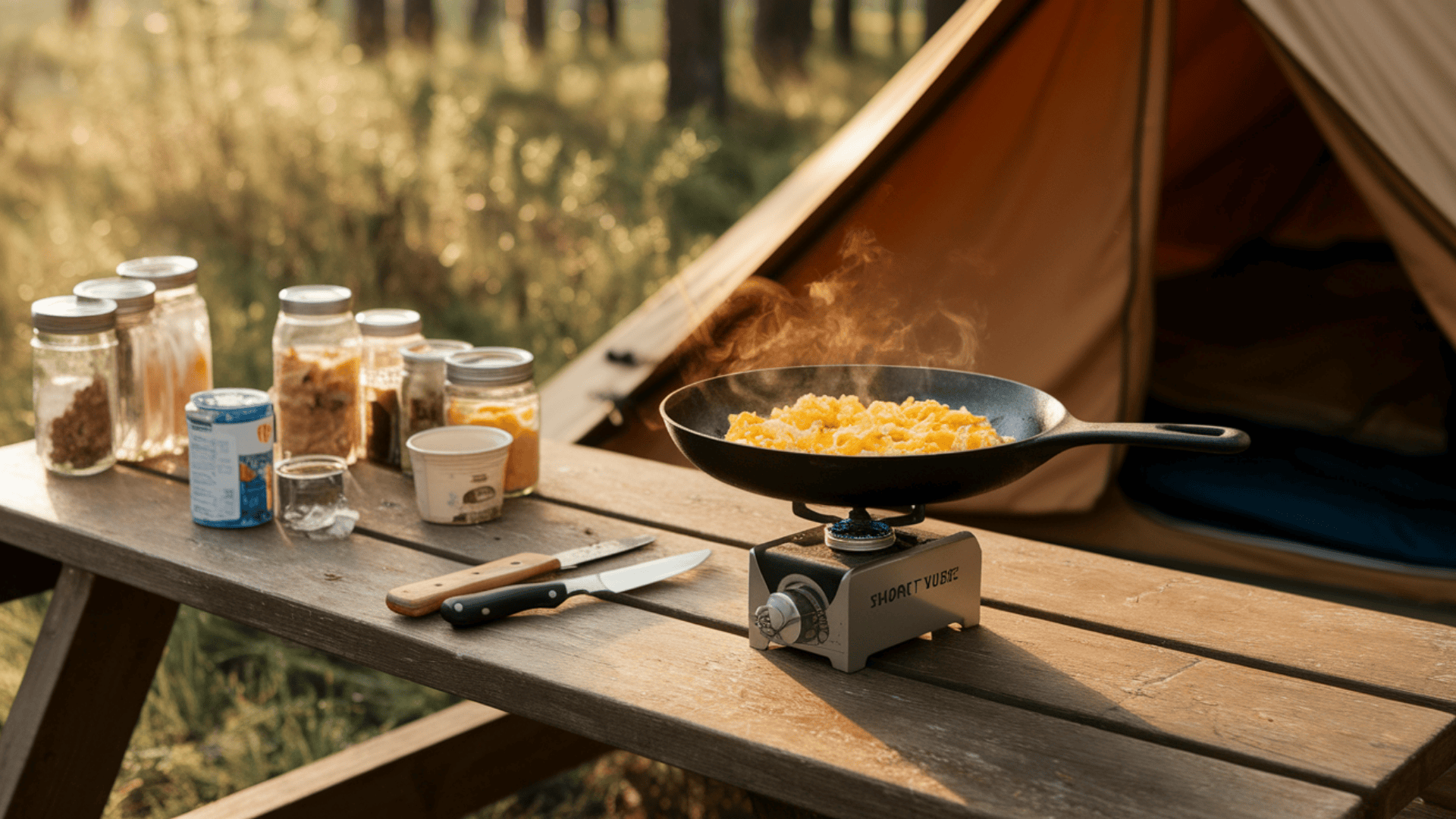
You don’t need fancy equipment to cook great camping meals. Basic, multipurpose cooking gear keeps both costs and packing space down.
- Cast iron pan: Versatile for stovetop, campfire, or grill cooking ($15-25 used)
- Camp stove options: Simple butane stove ($20) vs. using free fire rings
- Reused containers: Washed yogurt tubs work great for storage
The simplest cooking setups often work best for camping, creating less to pack and clean.
3. Simple, Affordable Camp Meals
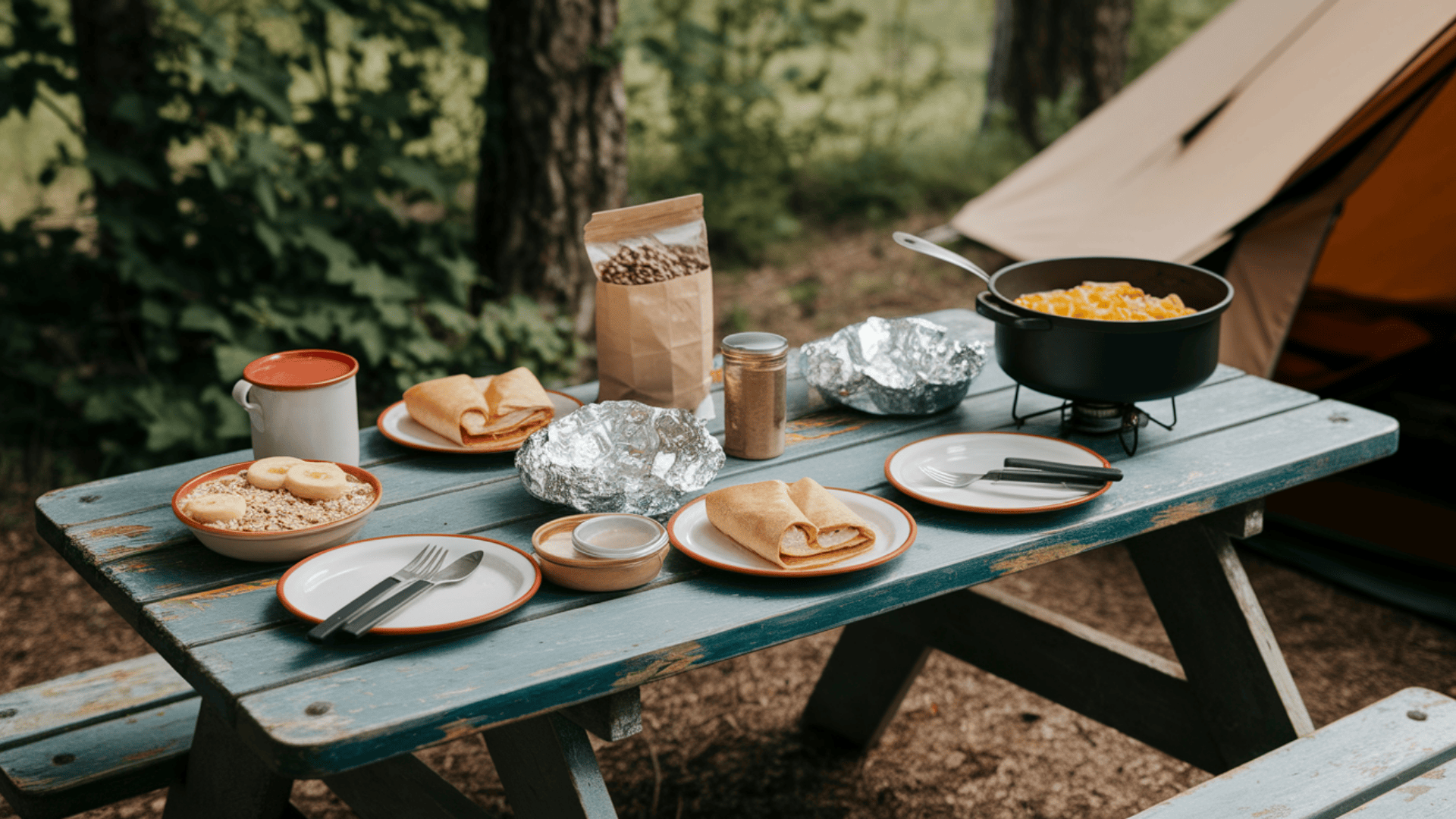
These meal ideas use inexpensive ingredients but provide satisfying, easy-to-prepare options for outdoor cooking.
- Breakfast: Instant oatmeal with peanut butter and banana; egg and cheese wraps
- Lunch: Tortillas with tuna packets and shelf-stable cheese; pasta salad prepared ahead
- Dinner: Foil packet meals (potato, onion, protein source); one-pot pasta with sauce and canned vegetables
- Snacks: Trail mix from bulk bins, popcorn cooked in foil over a campfire
These simple meals typically cost $2-4 per person per meal, compared to $8-12 for restaurant alternatives or $7-10 for specialized camping meals.
With these food strategies, you’ll eat well outdoors without blowing your budget. Many campers find that their camp cooking skills improve with each trip, leading to better meals and more savings over time.
Free & Low-Cost Activities That Make Camping Memorable
The best part about camping? Many of the most enjoyable activities cost absolutely nothing. Nature provides endless entertainment and memorable experiences if you know where to look.
Your camping trip can be filled with fun without spending extra on tourist attractions.
1. Nature-Based Activities
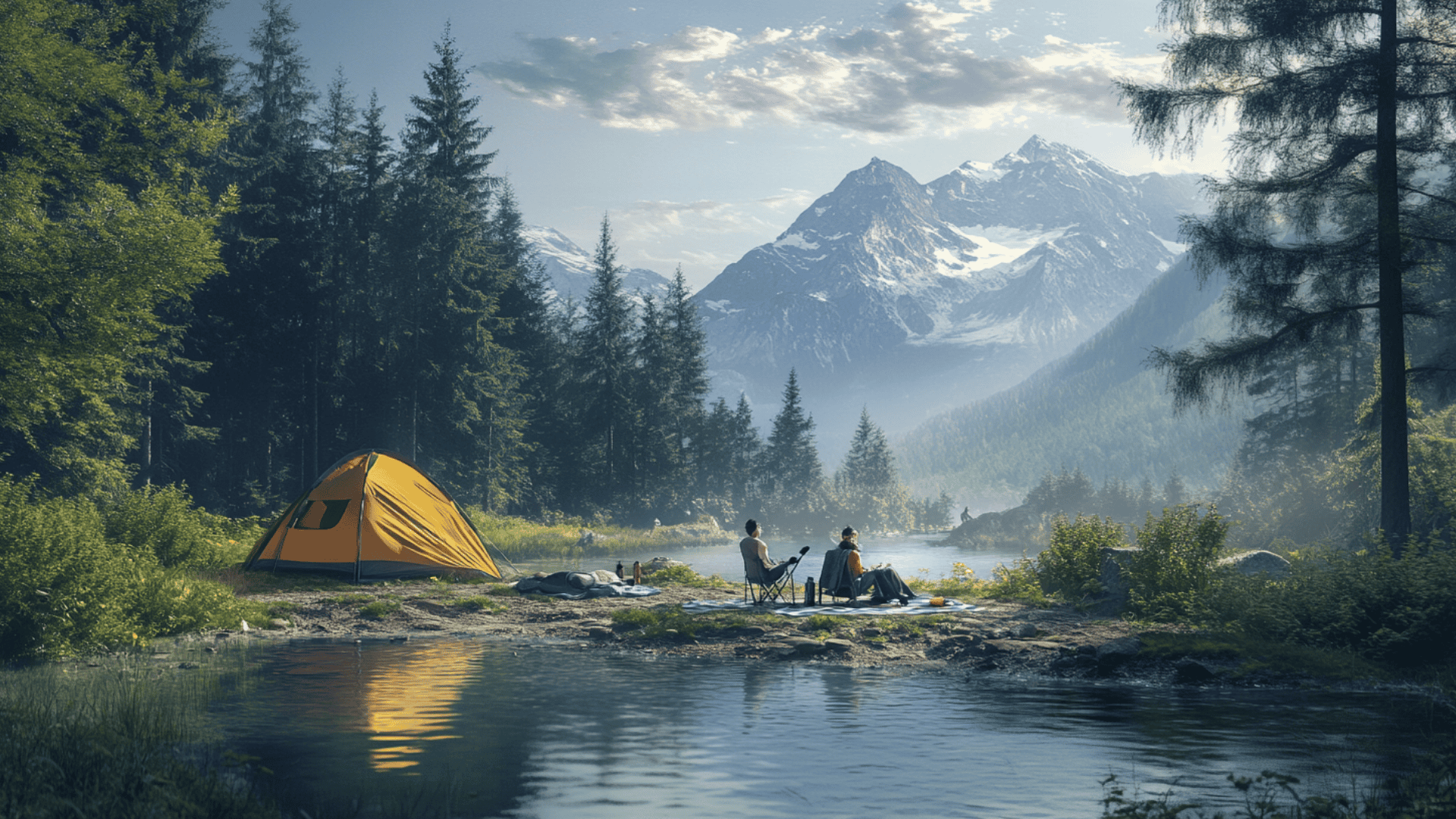
The natural world offers countless opportunities for entertainment, learning, and relaxation that don’t require any special equipment or fees.
- Wildlife watching: Bring binoculars to spot birds, deer, and other animals
- Stargazing: Download a free sky map app to identify constellations
- Swimming/wading: Cool off in lakes, rivers, and streams (check safety first)
These simple activities connect you with your surroundings and often become the highlight of camping trips.
2. DIY Camp Games and Activities
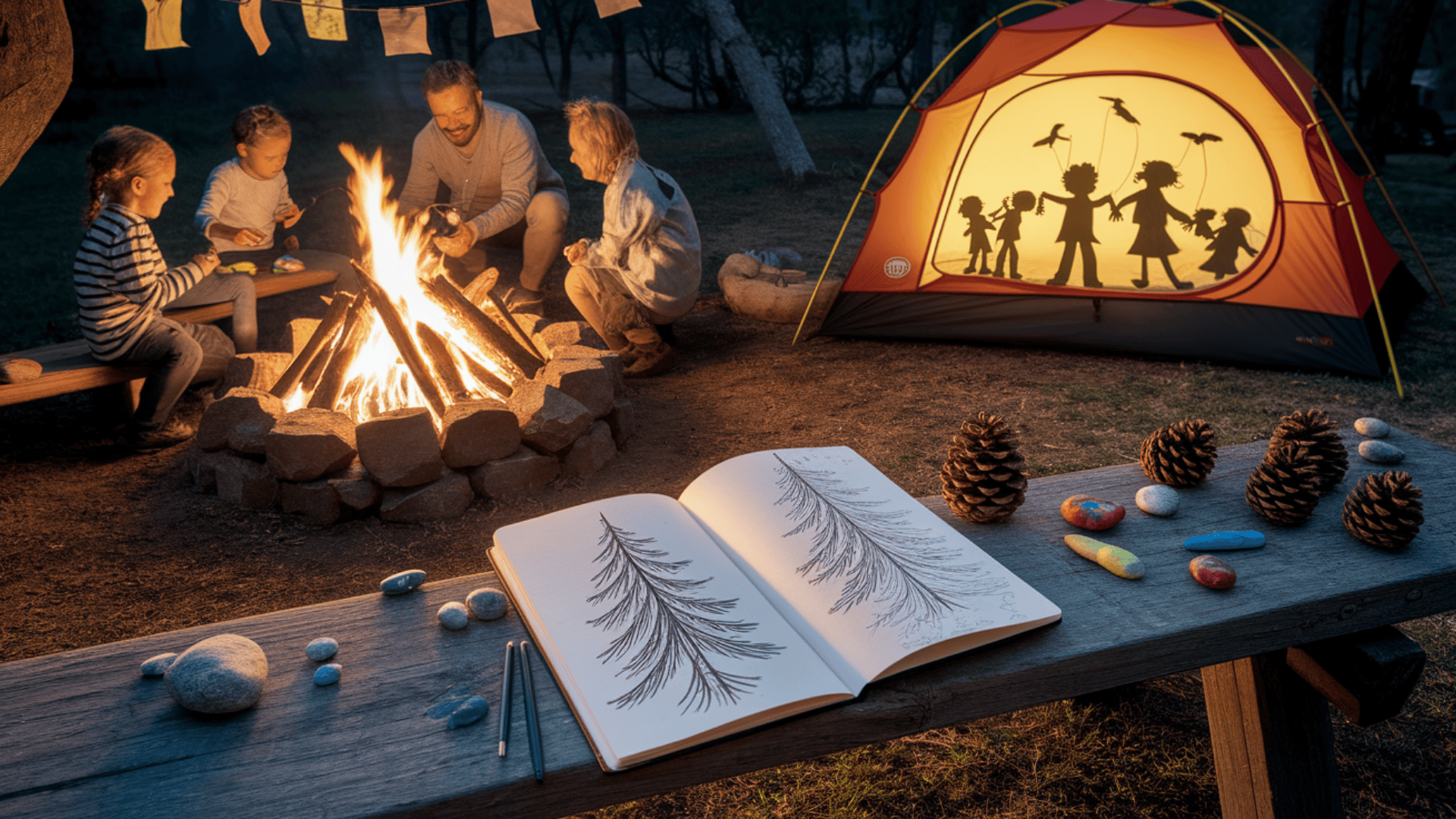
With minimal supplies—many you likely already have—you can create fun activities that entertain everyone at your campsite.
- Scavenger hunt: Create lists of natural items to find around your campsite
- Rock painting: Bring a small paint set and collect stones to decorate
- Shadow puppets: Use a flashlight against your tent wall for nighttime fun
- Storytelling circles: Take turns making up stories or sharing personal tales
- Nature journals: Bring paper and pencils to sketch or write about what you see
These creative activities cost very little but provide hours of entertainment and create lasting memories. They’re especially good for families with children or for rainy days.
3. Creating Your Own Budget Campaign Itinerary
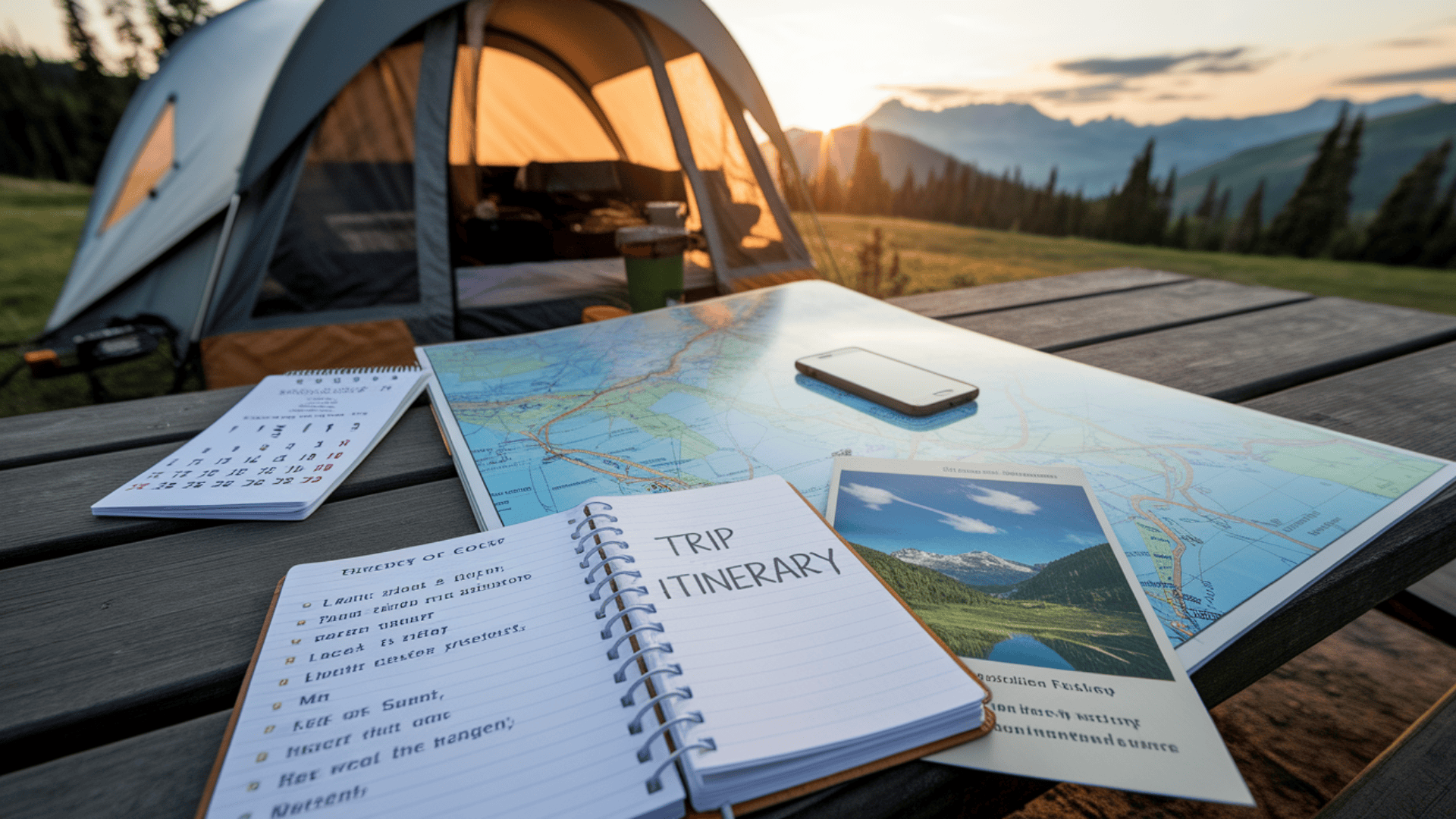
With some research and planning, you can put together a full schedule of free or low-cost activities tailored to your interests and location.
- Research free local attractions before your trip (waterfalls, scenic overlooks, and historic sites)
- Download trail maps for hiking routes appropriate to your skill level
- Plan around natural events like meteor showers, wildlife migrations, or wildflower blooms
- Check community calendars for free festivals or events happening during your stay
- Ask campground hosts for their recommendations on hidden gems in the area
This personalized approach ensures your days are filled with activities that interest you without adding costs to your trip. Many campers find the planning process almost as enjoyable as the trip itself.
Cutting Travel Costs: Tips for Transportation on a Budget
Getting to and from your campsite can be one of the biggest expenses of camping, especially with rising fuel prices. Smart transportation choices can significantly reduce your overall trip cost.
Location Strategy: Camp Closer to Home
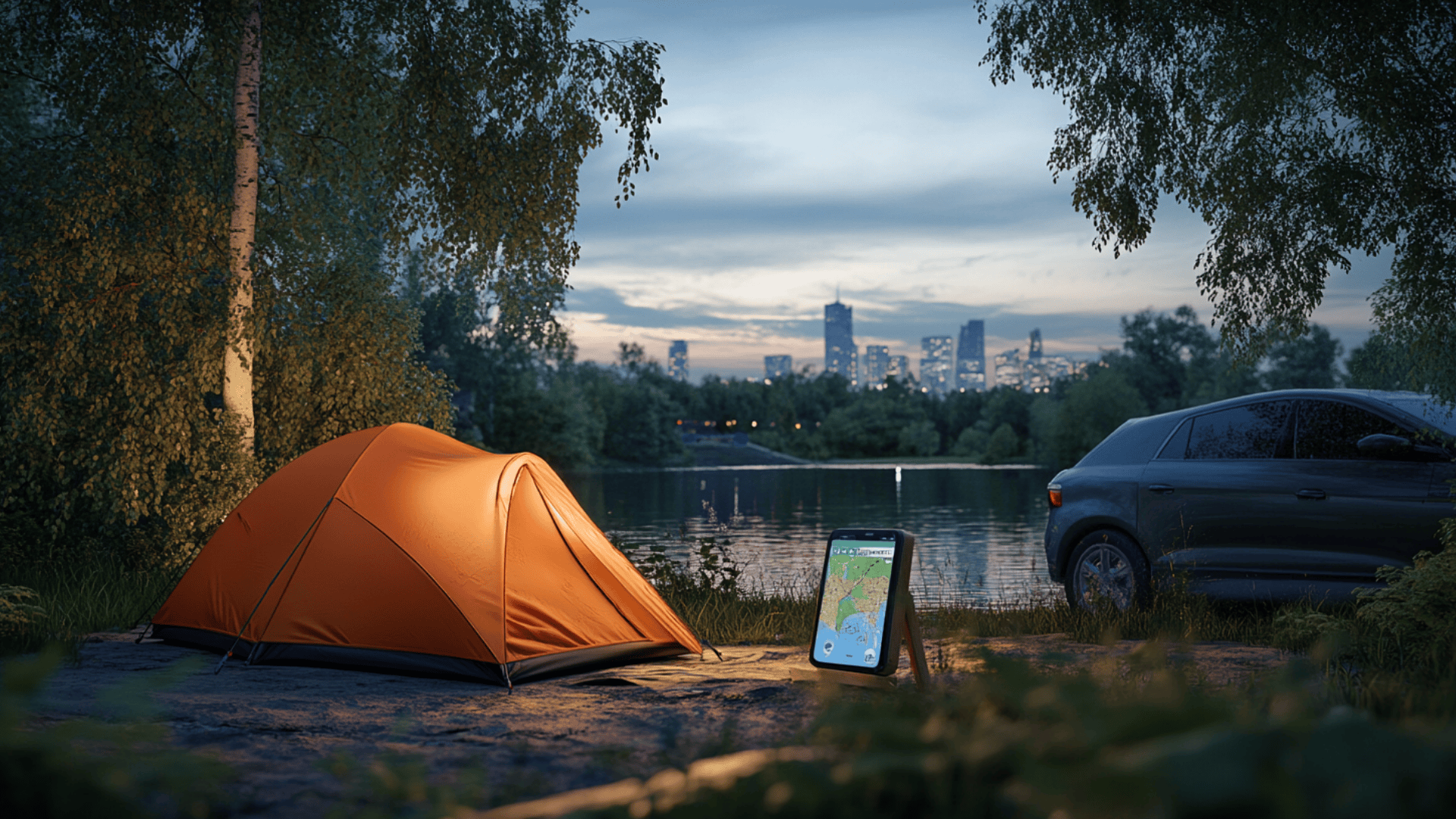
The simplest way to cut transportation costs is to reduce the distance you travel. Local camping can be just as rewarding as far-flung destinations.
- 50-mile Radius Camping: Find hidden gems within an hour’s drive of home
- State Parks vs. National Parks: State parks often offer similar landscapes closer to home
- Urban-Adjacent Wilderness: Many cities have surprisingly wild areas nearby
Camping closer to home not only saves on gas but also gives you more time at your destination rather than spending hours in transit.
Fuel-Efficient Travel Methods
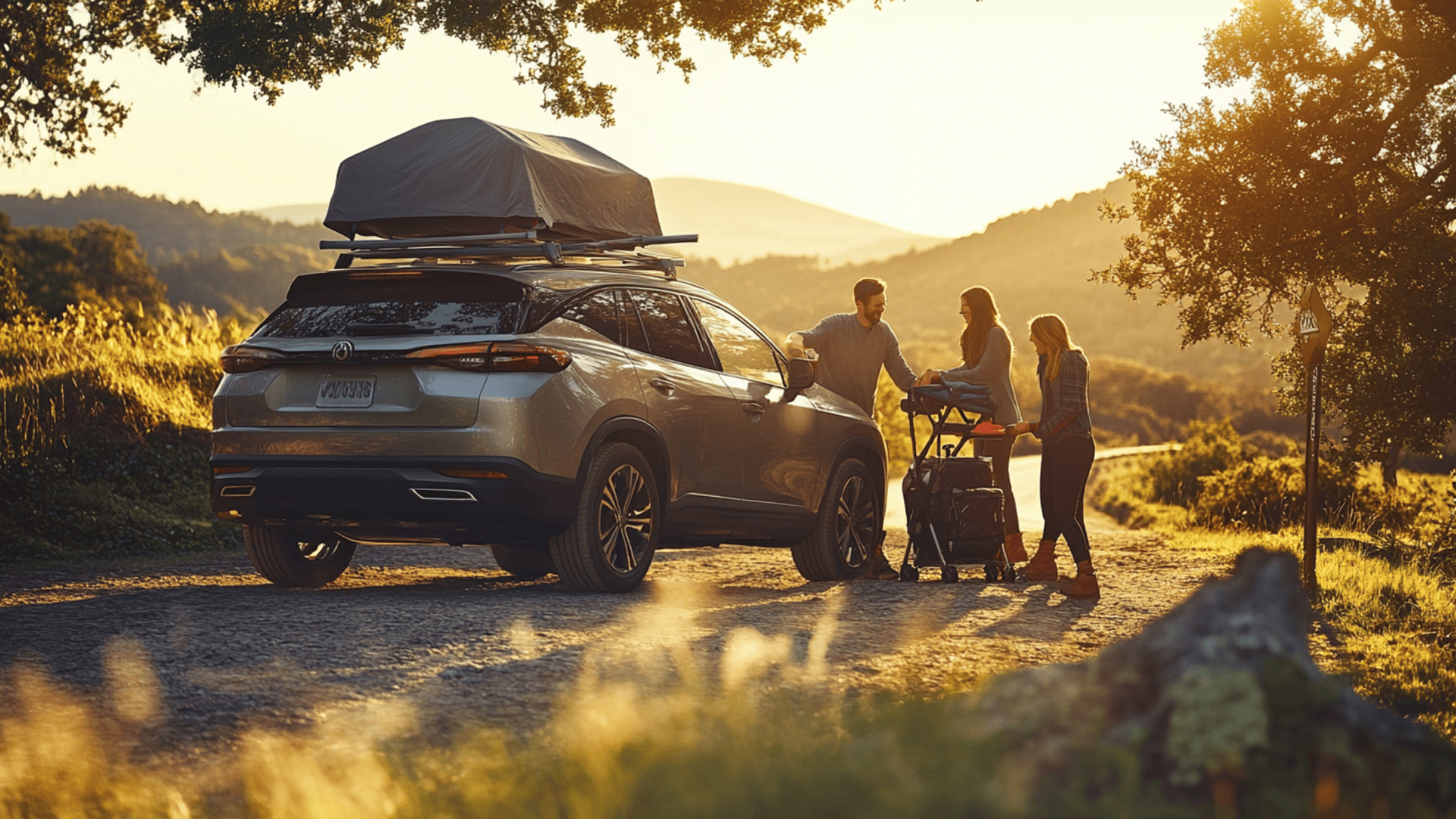
How you get to your destination matters almost as much as how far you go. These strategies help minimize fuel consumption.
- Driving Techniques: Maintain steady speeds and keep tires properly inflated
- Pack Strategically: Remove roof racks when not in use to improve fuel economy
- Carpool with Friends: Share rides with fellow campers to split fuel costs
These approaches can reduce your fuel consumption by 15-30%, representing significant savings.
By implementing these budget-friendly camping strategies, you’ll discover that some of the best outdoor experiences don’t have to cost much at all. Happy camping!
Final Thoughts
Affordable camping opens doors to experiences that expensive vacations can’t match. The skills you gain—finding free campsites, cooking simple outdoor meals, and creating your own entertainment—build self-reliance that extends beyond your trips.
Budget camping connects you more deeply with nature and fellow campers when you focus on experiences rather than gear.
Your best camping memories will come from sunset views, campfire conversations, and peaceful mornings in the wilderness—none requiring a big budget.
So pack what you have, find an affordable spot, and head outdoors. Nature’s greatest gifts—fresh air, starry skies, and peaceful surroundings—remain absolutely free for anyone willing to seek them out.
Come back for more helpful travel tips, gear recommendations, and campsite reviews.
